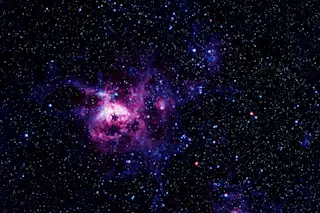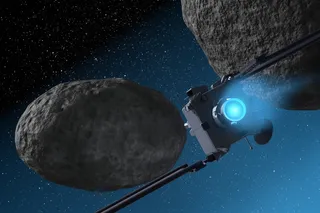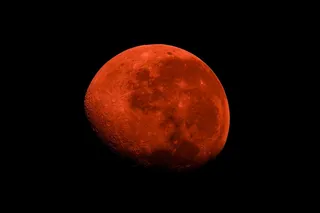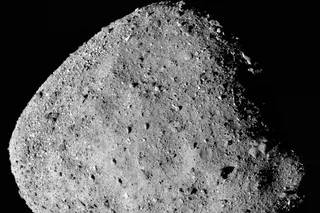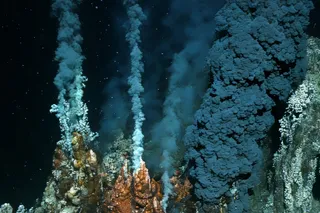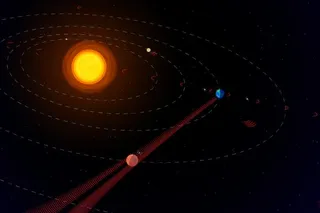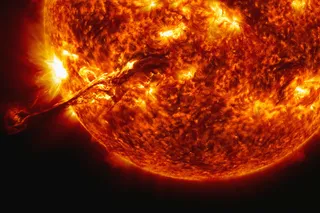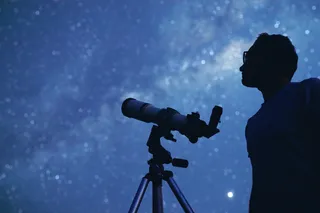In 2016, astronomer Vera C. Rubin died at the age of 88. Three years later, Congress designated the NSF-DOE Vera C. Rubin Observatory in Chile in her honor. The telescope at the observatory will have the largest digital camera yet and is expected to go online in 2025. The camera will snap constant pictures for the next 10 years as part of a mapping project that will capture the changing sky.
Shooting stars, supernovas, meteors, and comets will all be caught on camera. But the observatory will also tell us more about what we can’t see — dark matter.
“Scientists knew about the existence of dark matter, but Rubin’s observation helped make sense of it,” says Bryan J. Field, a theoretical physicist and program manager for Cosmic Frontiers in the Office of High-Energy Physics at the Department of Energy.
Rubin first began dark matter observations in 1963, and she soon ...



